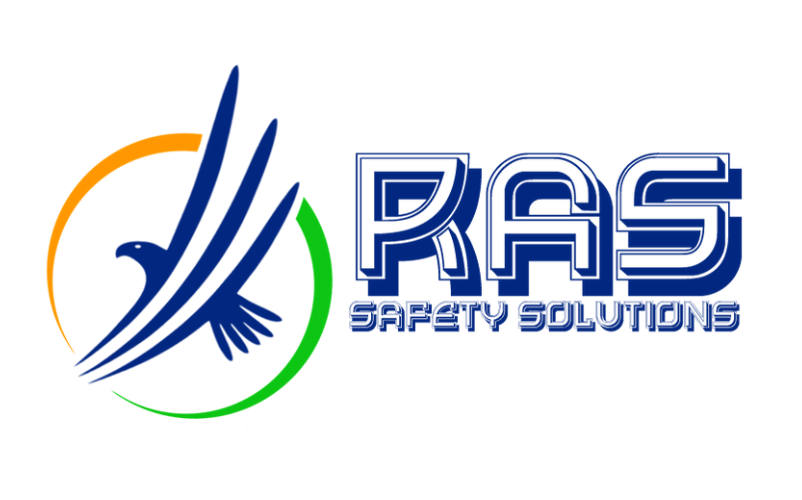
H₂S TRAINING
Overview:
Hydrogen Sulfide (H₂S) is a highly toxic and flammable gas commonly found in various industries, including oil and gas, wastewater treatment, and chemical manufacturing. Exposure to H₂S can be life-threatening, making proper training essential for anyone working in environments where this gas may be present. This H₂S training program is designed to equip participants with the knowledge and skills to safely prepare for, identify, and respond to H₂S exposure, ensuring their safety and the safety of others in the workplace.
Key Contents:
-
Introduction to Hydrogen Sulfide (H₂S)
- Properties and Characteristics of H₂S
- Sources and Occurrences in the Workplace
- Understanding H₂S Exposure Limits (PEL, TLV, IDLH)
-
Health Hazards of H₂S Exposure
- Toxicological Effects on the Human Body
- Short-Term and Long-Term Health Impacts
- Symptoms of H₂S Exposure (Low, Moderate, High Concentration)
-
Detection and Monitoring
- Types of H₂S Detection Equipment (Fixed and Portable)
- Proper Use and Calibration of Detection Devices
- Understanding Detection Device Readings and Alarms
-
Personal Protective Equipment (PPE)
- Selecting Appropriate PPE for H₂S Environments
- Respiratory Protection: Types and Usage
- Maintenance and Inspection of PPE
-
Safe Work Practices
- Procedures for Working in H₂S-Prone Areas
- Establishing Safe Zones and Wind Direction Considerations
- Emergency Preparedness and Evacuation Plans
-
Emergency Response to H₂S Exposure
- Immediate Actions Upon H₂S Detection
- Rescue Techniques and First Aid for H₂S Victims
- Coordination with Emergency Response Teams
-
Case Studies and Incident Analysis
- Review of Historical H₂S Incidents and Lessons Learned
- Analysis of Real-Life Scenarios
- Practical Exercises and Drills
-
Regulations and Standards
- Overview of Relevant OSHA, NIOSH, and ANSI Standards
- Compliance Requirements for Employers and Workers
- Record-Keeping and Documentation
Course Duration:
-
Basic Level: 4 Hours
- Introduction to H₂S for all employees working in environments where H₂S may be present. Focuses on basic awareness and emergency response.
-
Intermediate Level: 1 Day (8 Hours)
- In-depth training for supervisors, safety officers, and workers directly involved in operations with potential H₂S exposure. Includes practical exercises with detection equipment and PPE.
-
Advanced Level: 2 Days (16 Hours)
- Comprehensive training for safety professionals and emergency response teams. Covers advanced detection techniques, detailed emergency response planning, and incident management.
Learning Outcomes:
- Understanding the dangers of H₂S and how to prevent exposure.
- Ability to correctly use detection equipment and PPE.
- Confidence in responding effectively to H₂S emergencies.
- Knowledge of regulatory requirements and best practices for H₂S safety.
This training ensures that participants are well-prepared to manage the risks associated with H₂S, safeguarding both their health and that of their coworkers.


